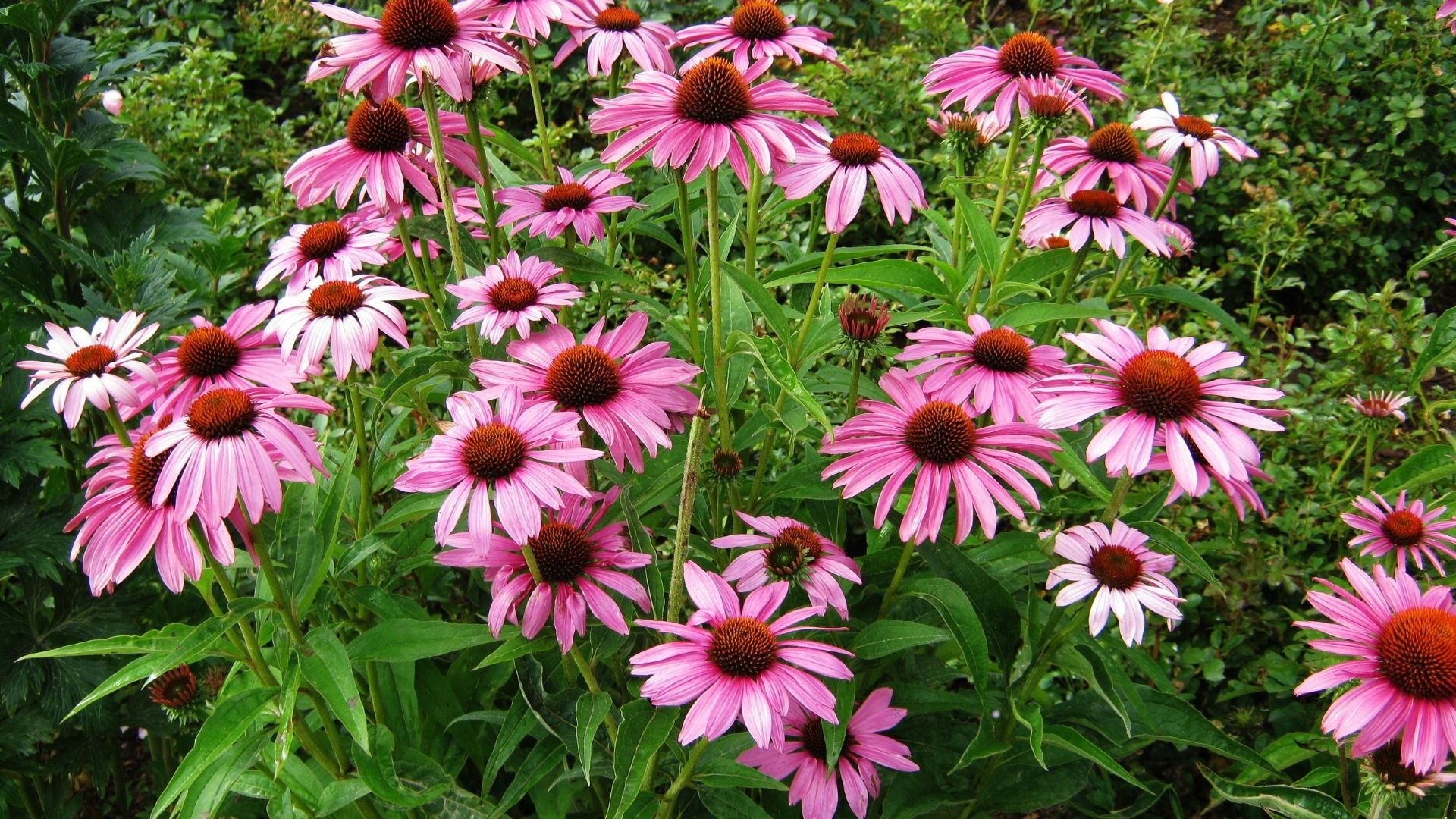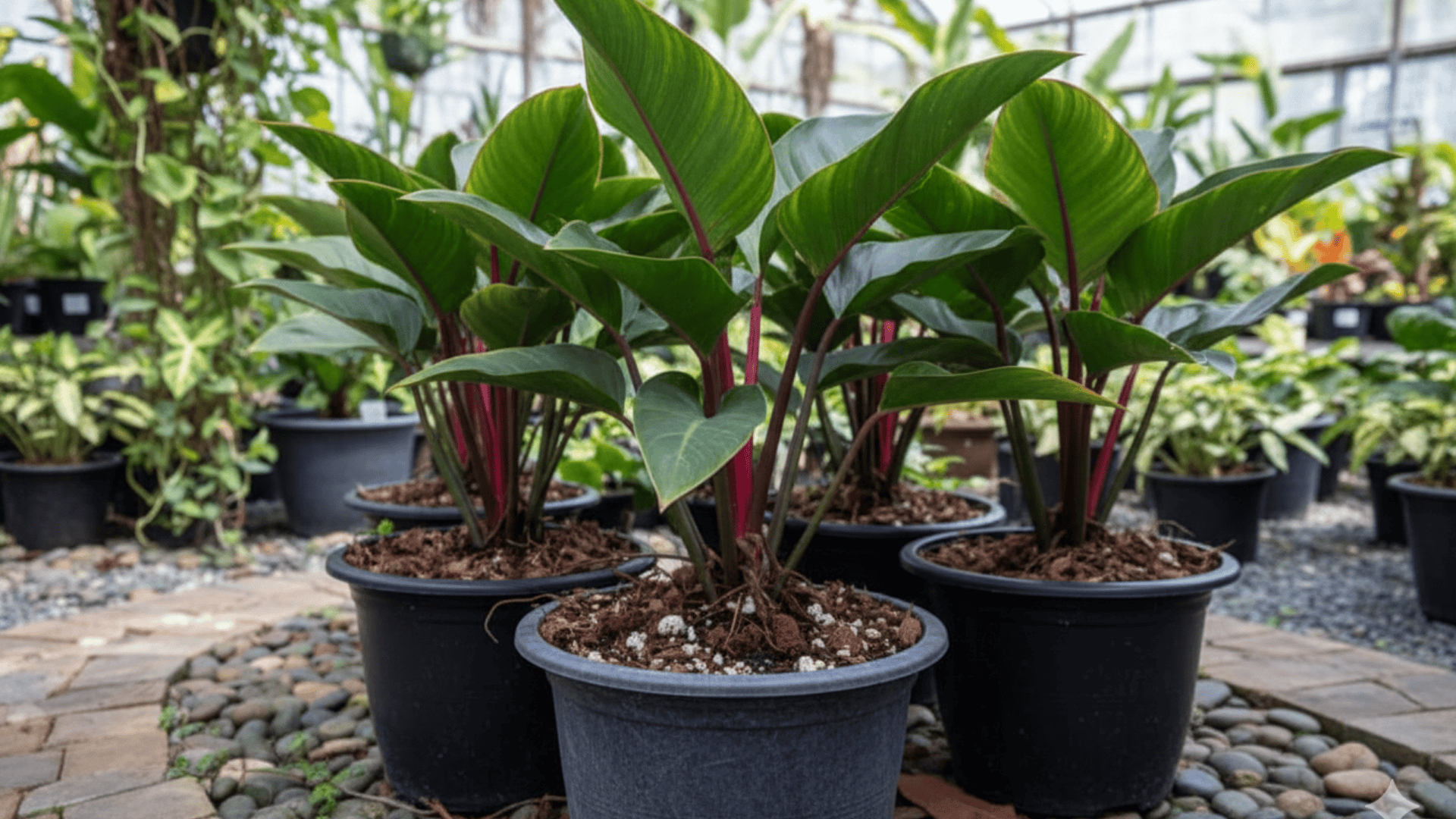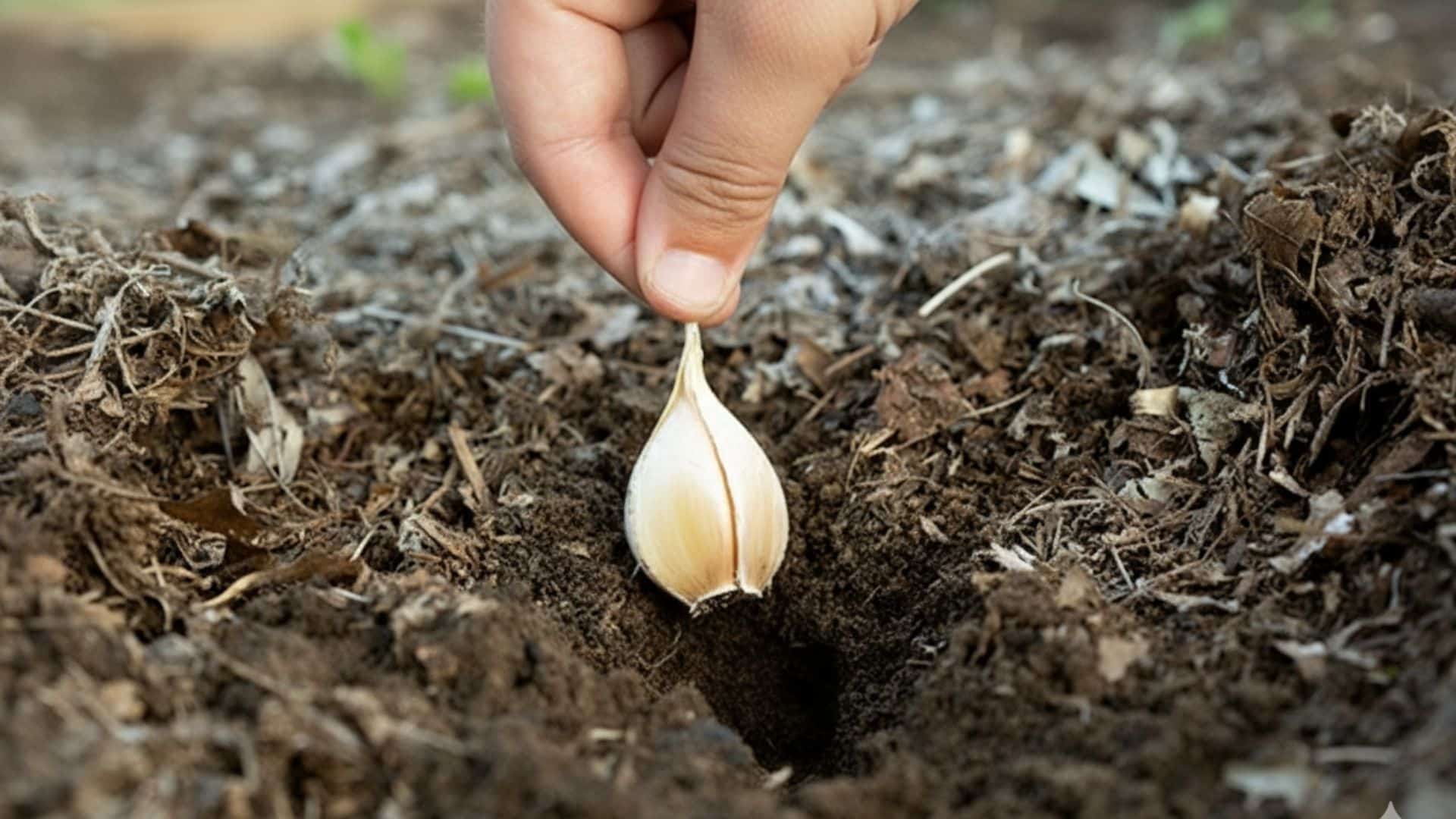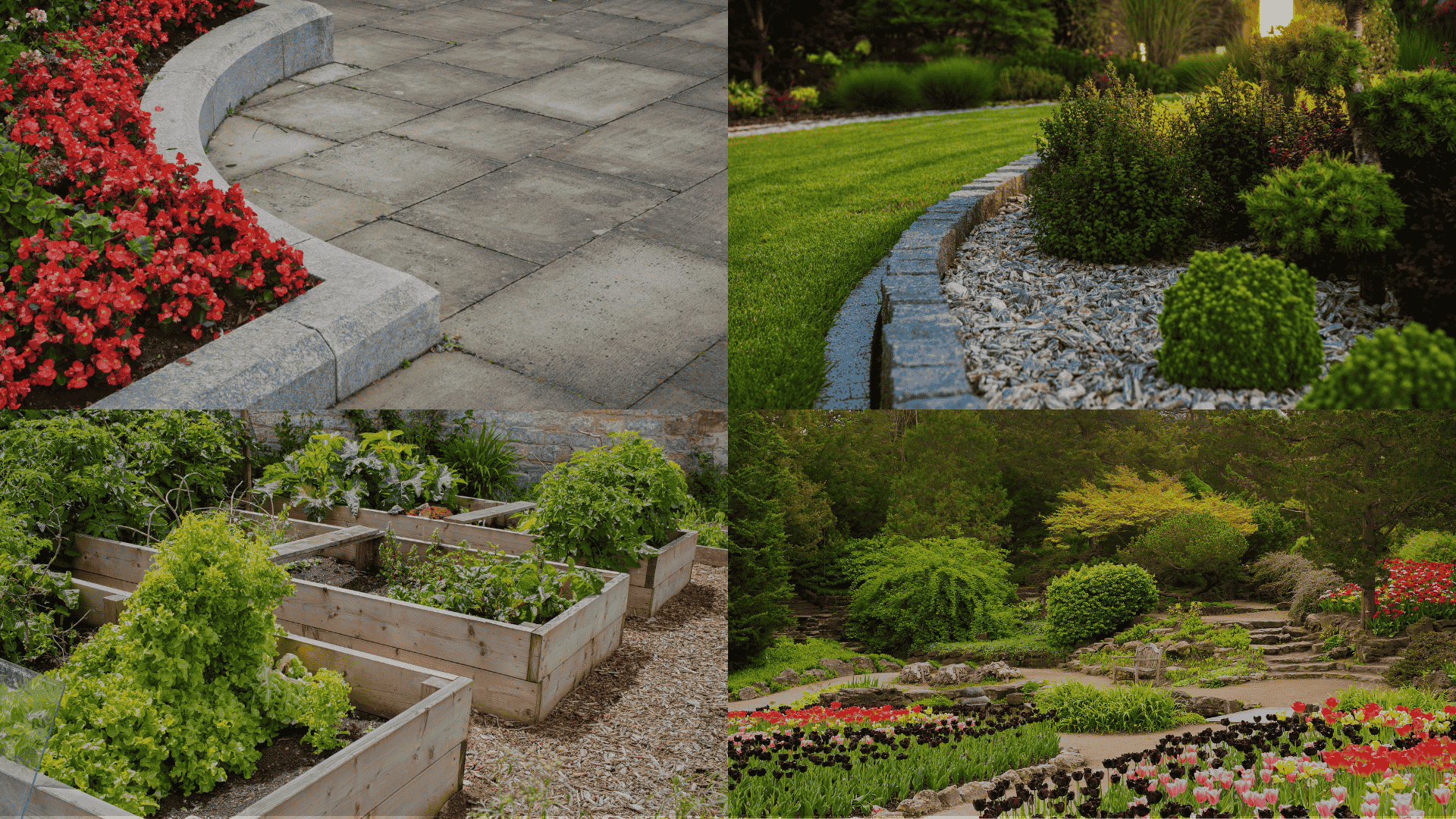Echinacea grows well on its own, but the magic happens when you pair it with the right neighbors.
These tough perennials with their cone-shaped centers and daisy-like petals become even more striking when surrounded by carefully chosen echinacea companion plants.
Smart plant partnerships do more than create beauty.
They bring in more pollinators, extend your flowering season, and naturally keep pests away.
The right companion plant for echinacea can convert a simple garden bed into a thriving ecosystem that supports wildlife while cutting down on maintenance.
From vibrant black-eyed Susans to fragrant lavender, certain plants just belong next to your coneflowers.
Key Requirements for Echinacea Growth
| Requirement | Details |
|---|---|
| Sunlight | Full sun, 6–8 hours daily; tolerates partial shade but blooms may reduce |
| Soil | Well-draining; sandy or loamy preferred; avoid heavy clay |
| Watering | Regular for young plants; drought-tolerant once established |
| Spacing | 12–18 inches between plants for airflow and disease prevention |
| Temperature | USDA zones 3–9; best in temperate climates |
| Fertilization | Light compost or balanced fertilizer in spring; minimal feeding needed |
| Maintenance | Deadhead spent blooms; cut back stems in late fall |
Benefits of Pairing Plants with Echinacea
The right combinations support more wildlife, extend flowering seasons, and naturally solve common garden problems.
- Attracts pollinators: Supports bees, butterflies, and hummingbirds.
- Repels pests: Companion herbs can reduce aphids and insects.
- Efficient space use: Root crops like carrots grow well underneath.
- Improves soil: Some companions enrich nutrients and support microbes.
- Enhances aesthetics: Adds color, height, and texture variety.
18 Best Echinacea Companion Plants
Choose plants that bloom at different times to extend your garden’s color season. Look for varieties that attract pollinators or provide contrasting textures and heights.
These partnerships create beautiful, healthy gardens that support local wildlife.
1. Black-eyed Susan (Rudbeckia)
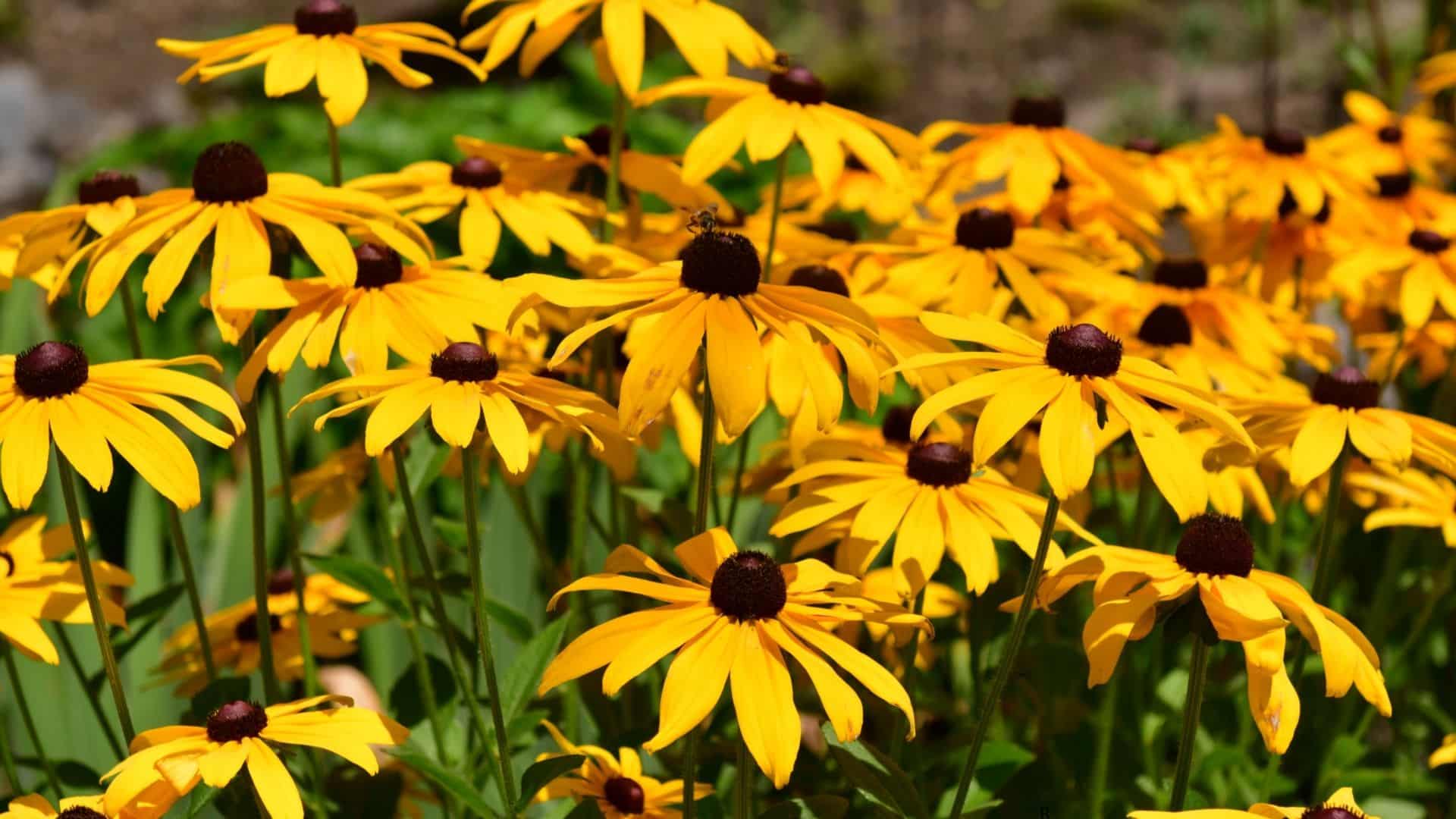
Black-eyed Susans brighten echinacea beds with their golden-yellow petals, creating a striking contrast against the pink and purple blooms.
Their overlapping flowering periods stretch the garden’s display well into fall, keeping borders colorful for longer.
They also attract the same butterflies and birds, amplifying echinacea’s wildlife value throughout the warm season.
Planting both together produces vibrant, naturalistic drifts of color that keep the garden full of life.
2. Bee Balm (Monarda)
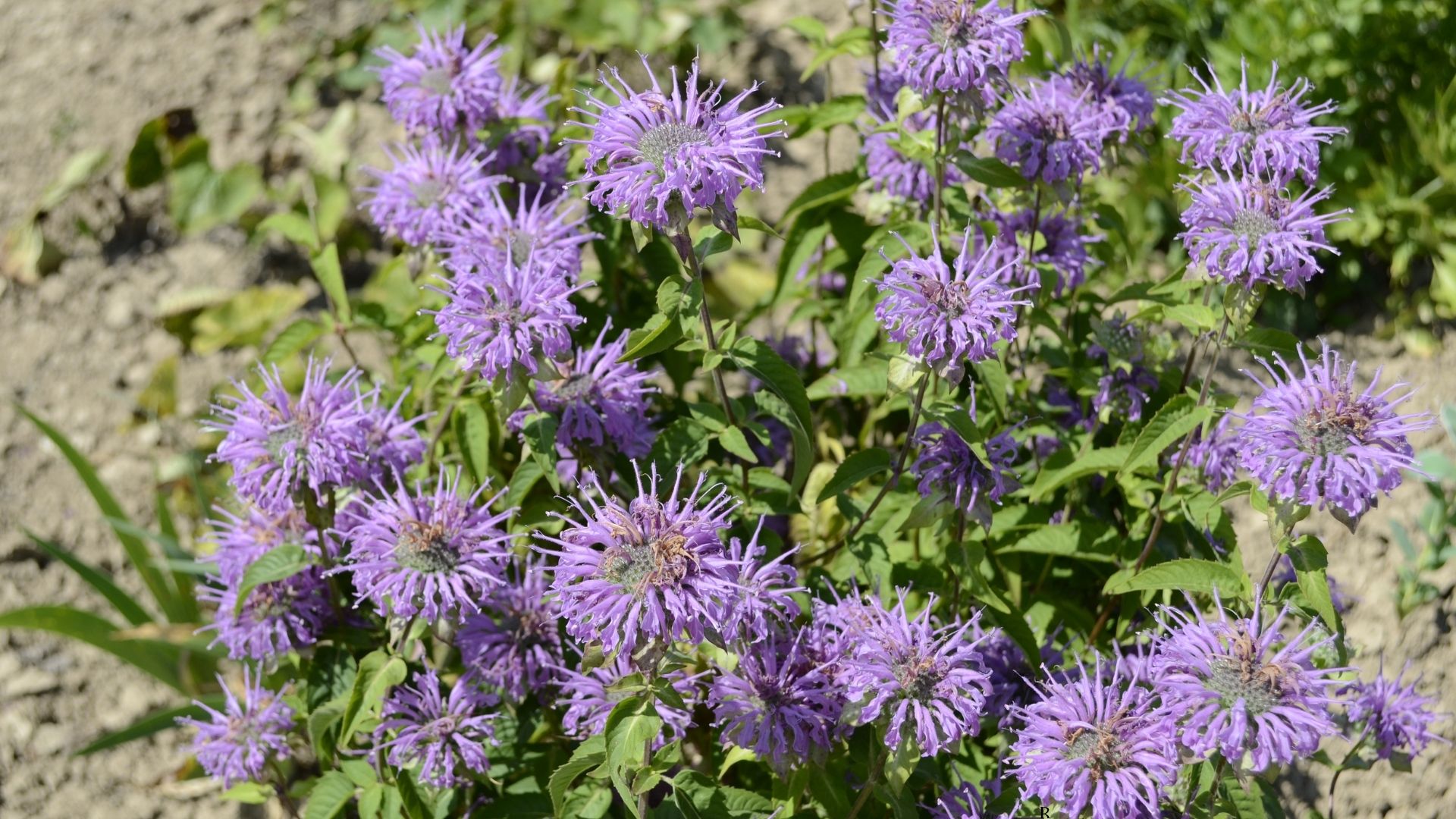
Bee balm’s fiery red, pink, and purple flowers bring bold contrast to echinacea’s softer summer tones.
By drawing hummingbirds, bees, and butterflies, it greatly intensifies pollinator activity in the same space.
Its tall, crown-like blooms add vertical variety that highlights echinacea’s rounded daisy-like flowers.
The edible blossoms bring extra appeal for gardeners who enjoy creating fresh herbal teas.
3. Russian Sage (Perovskia atriplicifolia)
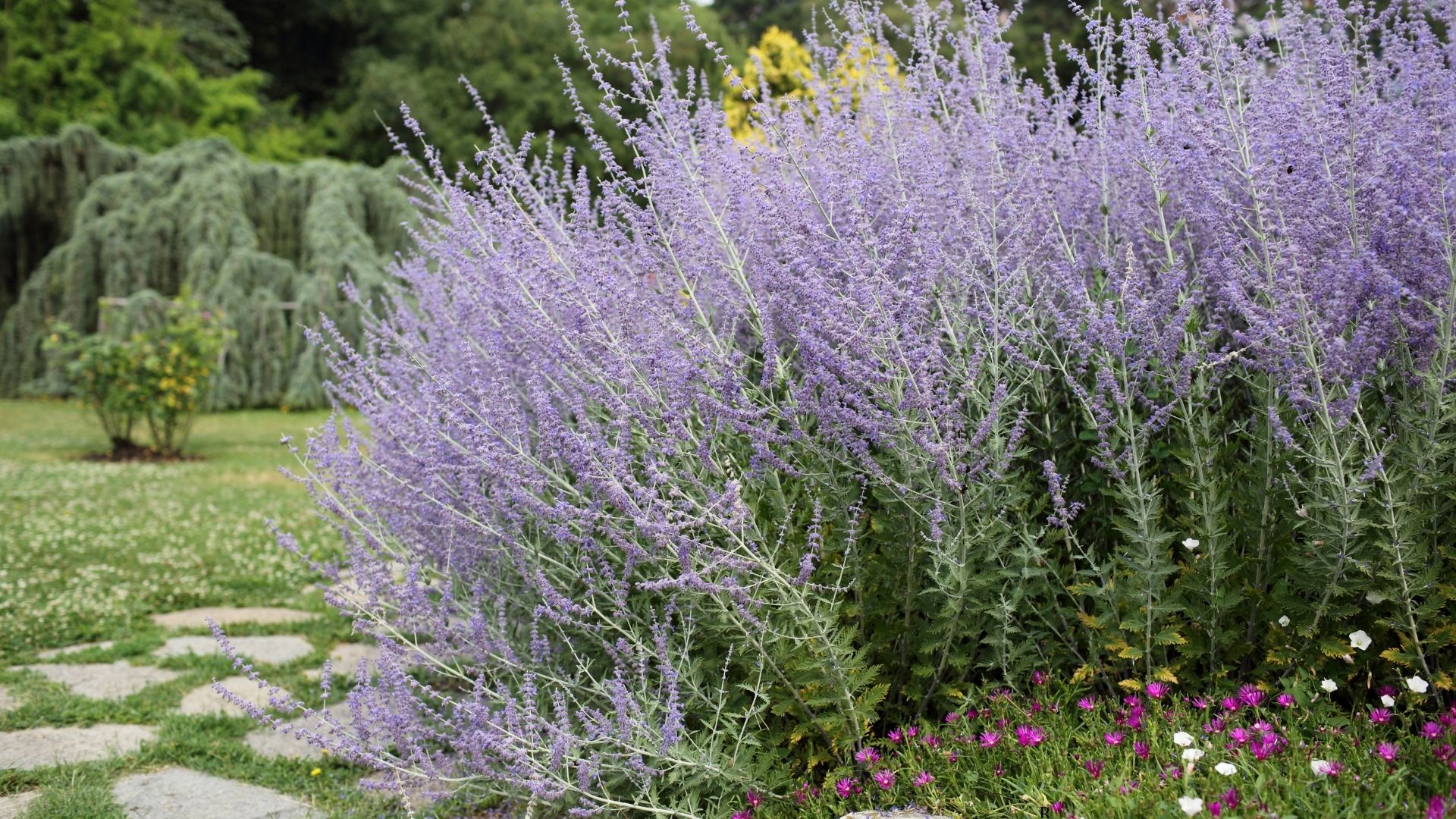
Russian sage’s airy blue-purple spikes and silvery foliage soften the strong forms of echinacea.
Its fragrant leaves help discourage pests, keeping coneflower plantings healthier through the season.
The drought-tolerant nature ensures it thrives alongside echinacea in lean, sunny soils with ease.
Together, they create layered borders filled with graceful movement, striking height, and texture.
4. Coreopsis
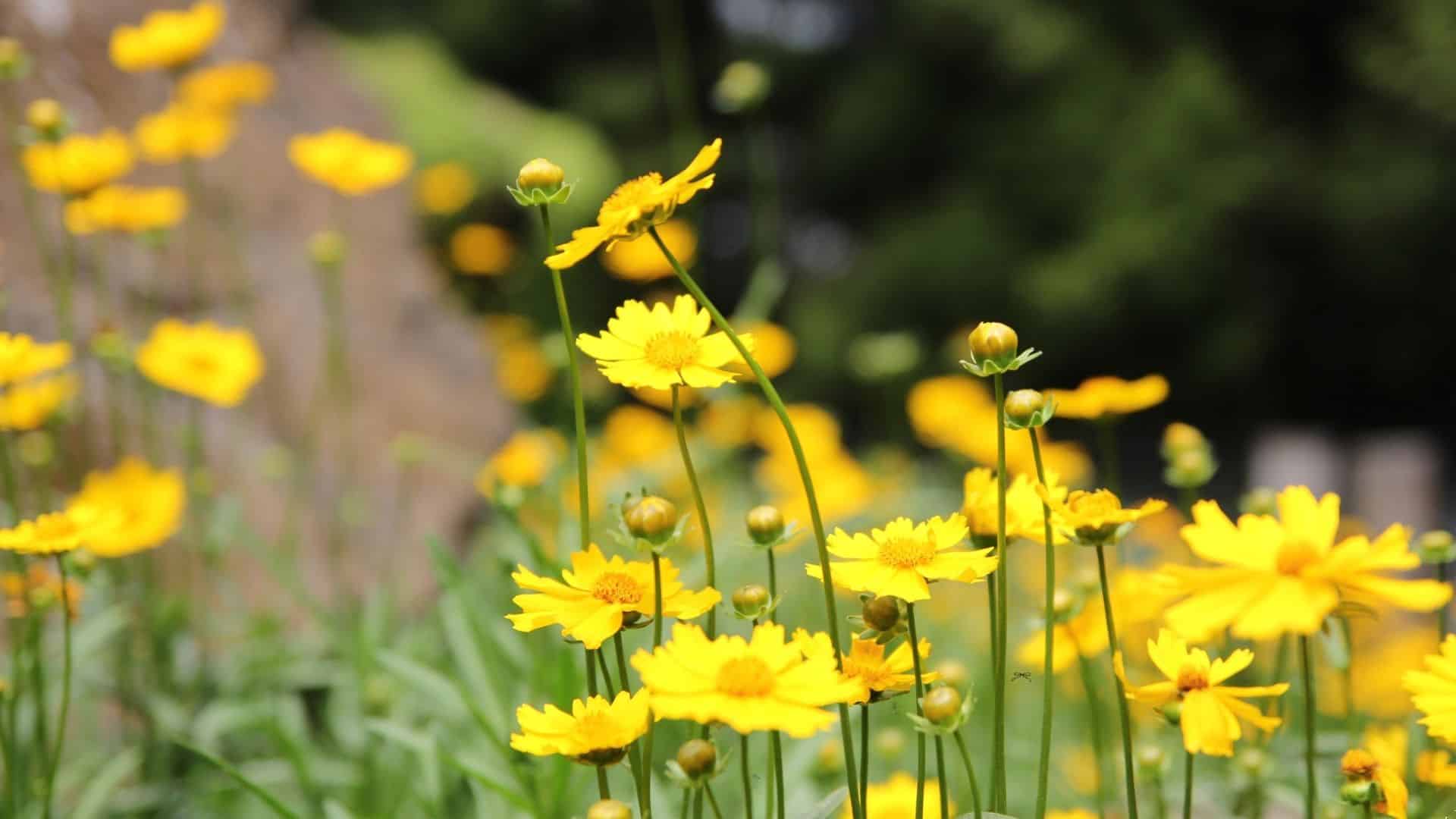
Coreopsis floods the garden with cheerful yellow flowers that brighten echinacea’s pink and purple shades.
Its long blooming season fills color gaps whenever coneflowers pause between their flowering flushes.
The pairing attracts even more pollinators while extending the life of vibrant summer borders.
Side by side, they create glowing, sun-soaked plantings that feel warm and inviting.
5. Lavender
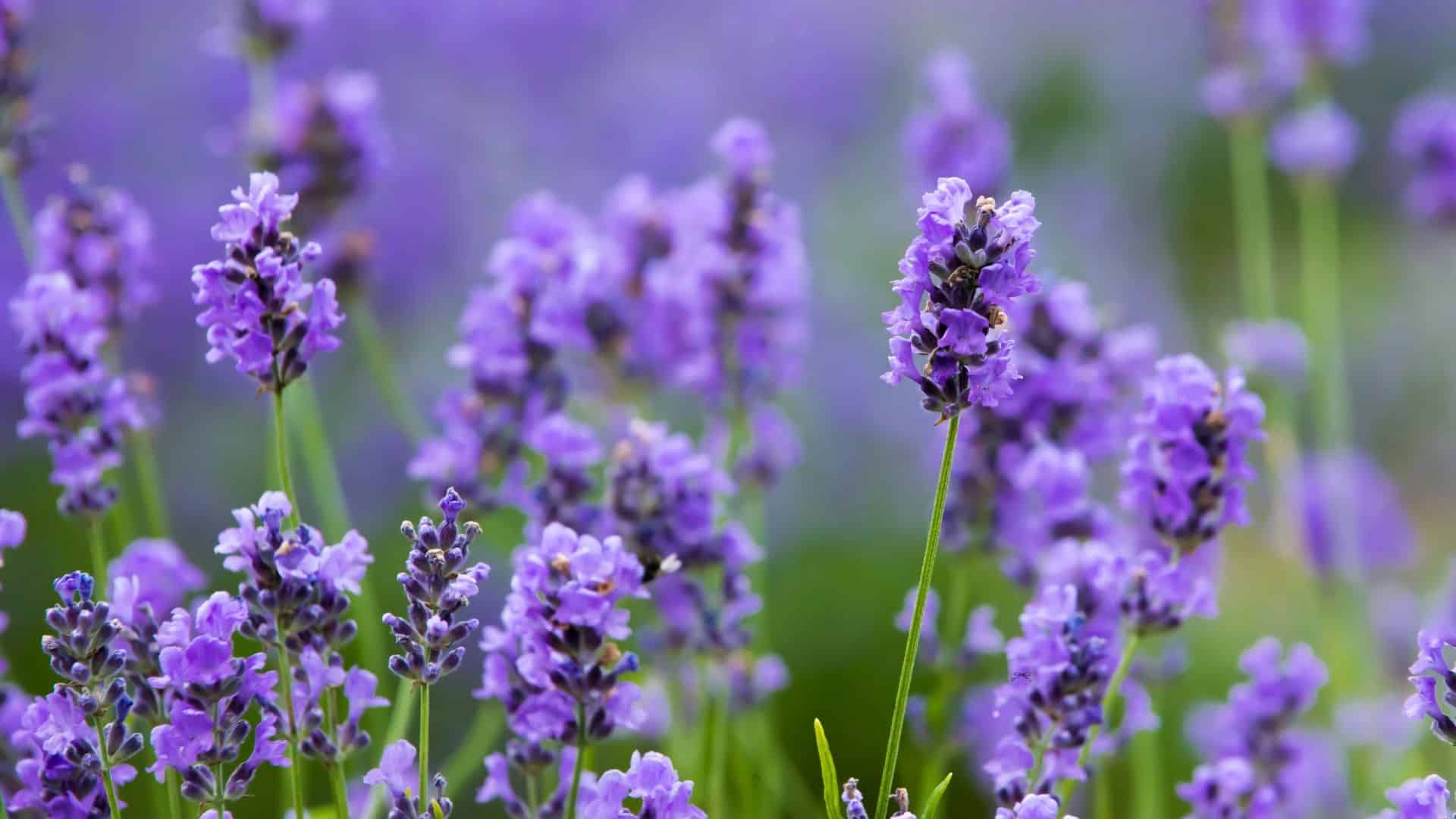
Lavender’s fragrant purple spikes and silvery foliage provide a soothing contrast beside echinacea’s bold petals.
Its scent helps deter common pests, creating a cleaner and healthier space for coneflowers.
The constant buzz of bees around lavender further enriches echinacea’s pollinator appeal.
Planted together, they balance fragrance, beauty, and resilience in one productive garden bed.
6. Salvia
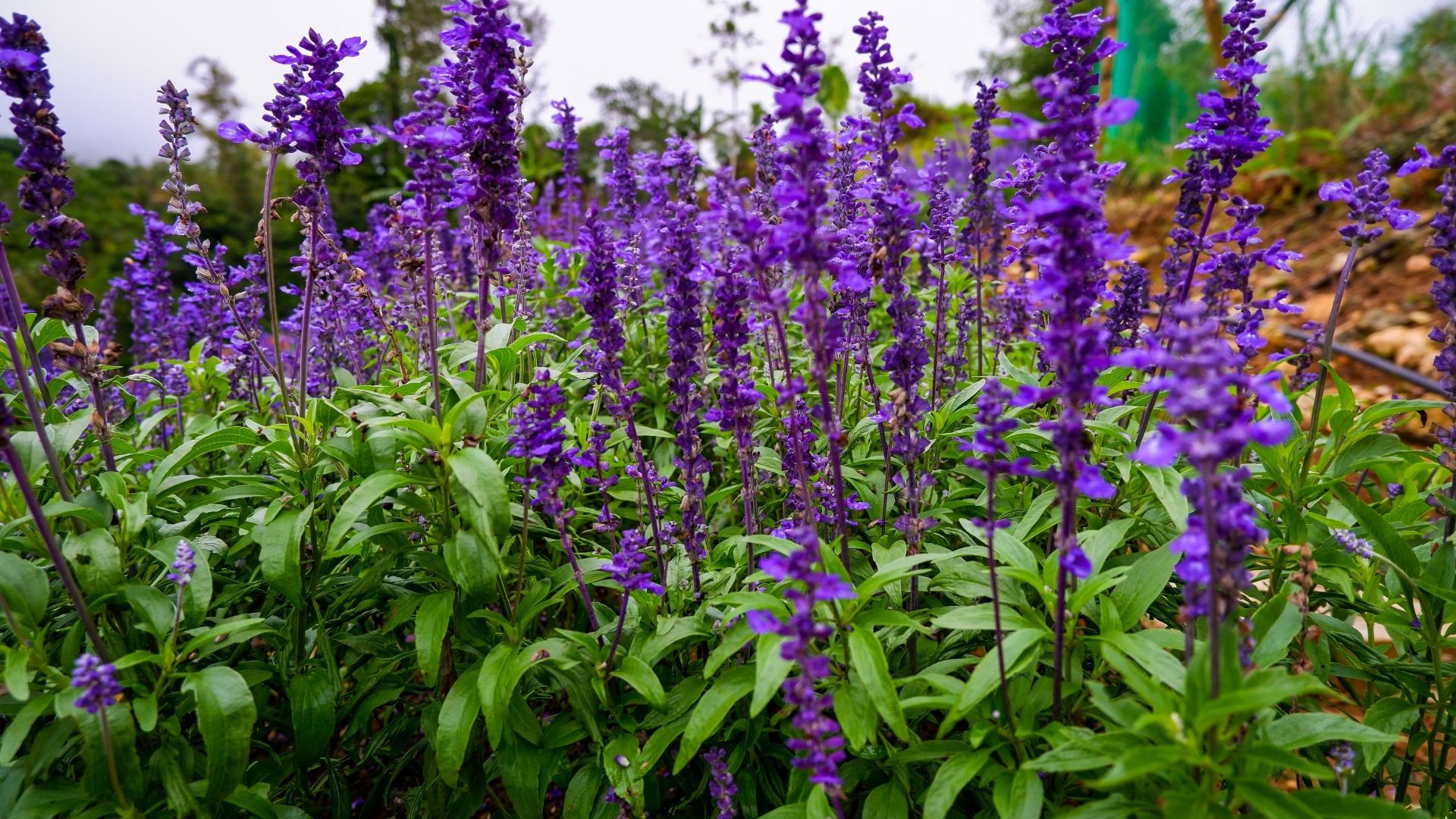
Salvia’s vertical spires punctuate echinacea’s rounded flowers with striking architectural form and color.
Its continuous bloom from spring through fall ensures pollinators never leave the garden wanting.
The rich shades of blue, purple, or red highlight echinacea’s bold summer flower palette.
This pairing creates depth, structure, and long-lasting vibrancy across the entire growing season.
7. Sedum
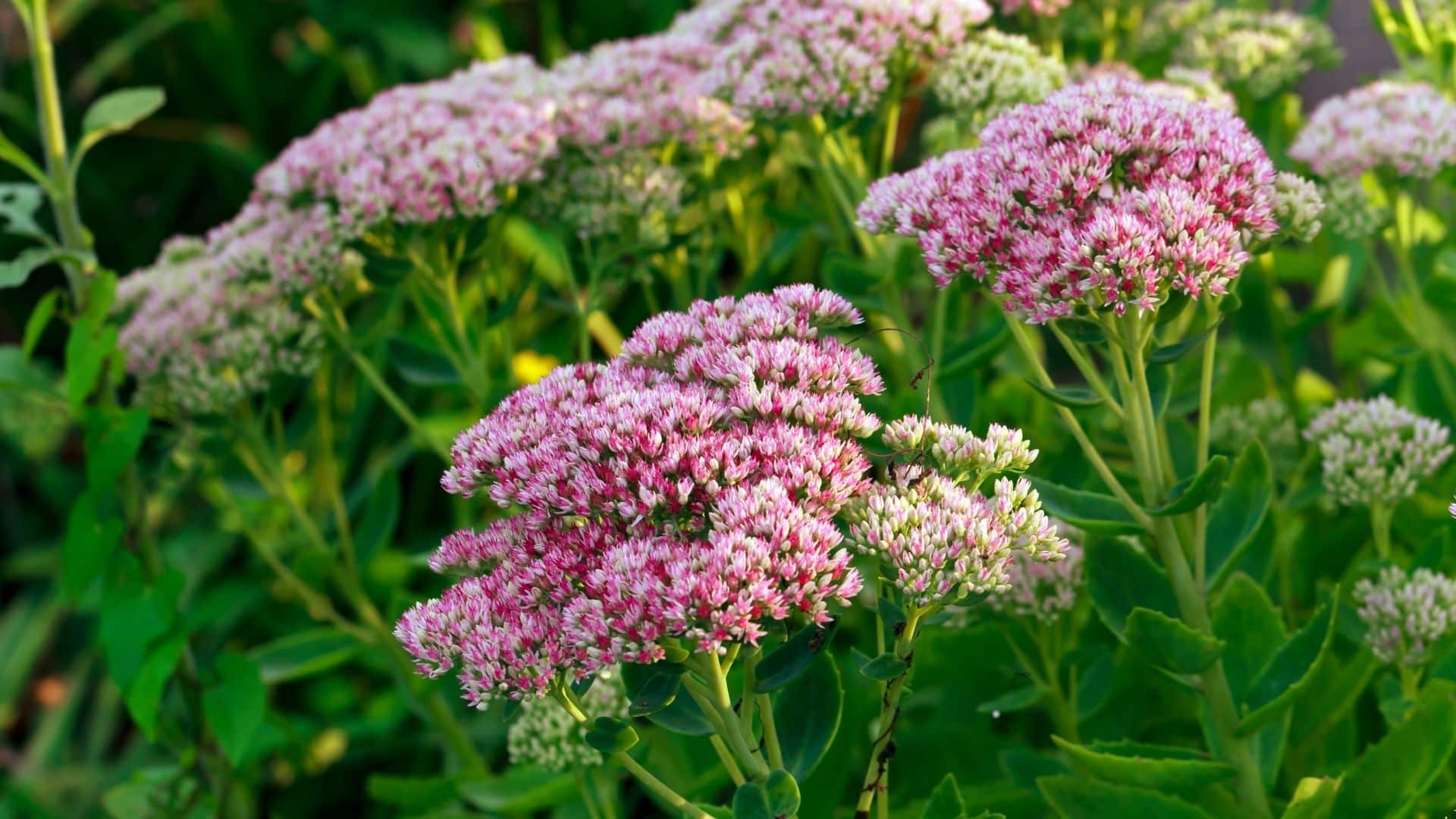
Sedum’s low, fleshy foliage creates a textured green carpet beneath taller echinacea plants.
Its clusters of pink flowers appear in late summer and fall, extending seasonal color.
Its ability to thrive in poor soils and heat makes it a perfect partner for echinacea.
Together, they form layered displays that stay striking and attractive well into autumn.
8. Yarrow

Yarrow introduces flat-topped clusters of yellow, pink, or white flowers that balance echinacea’s upright stems.
Its extended bloom keeps pollinators active while also drawing many beneficial insects to the garden.
Its toughness in heat and drought makes it one of the most dependable companion plants for echinaceas.
Combined, they produce plantings that are balanced, durable, and ecologically valuable for wildlife.
9. Catmint
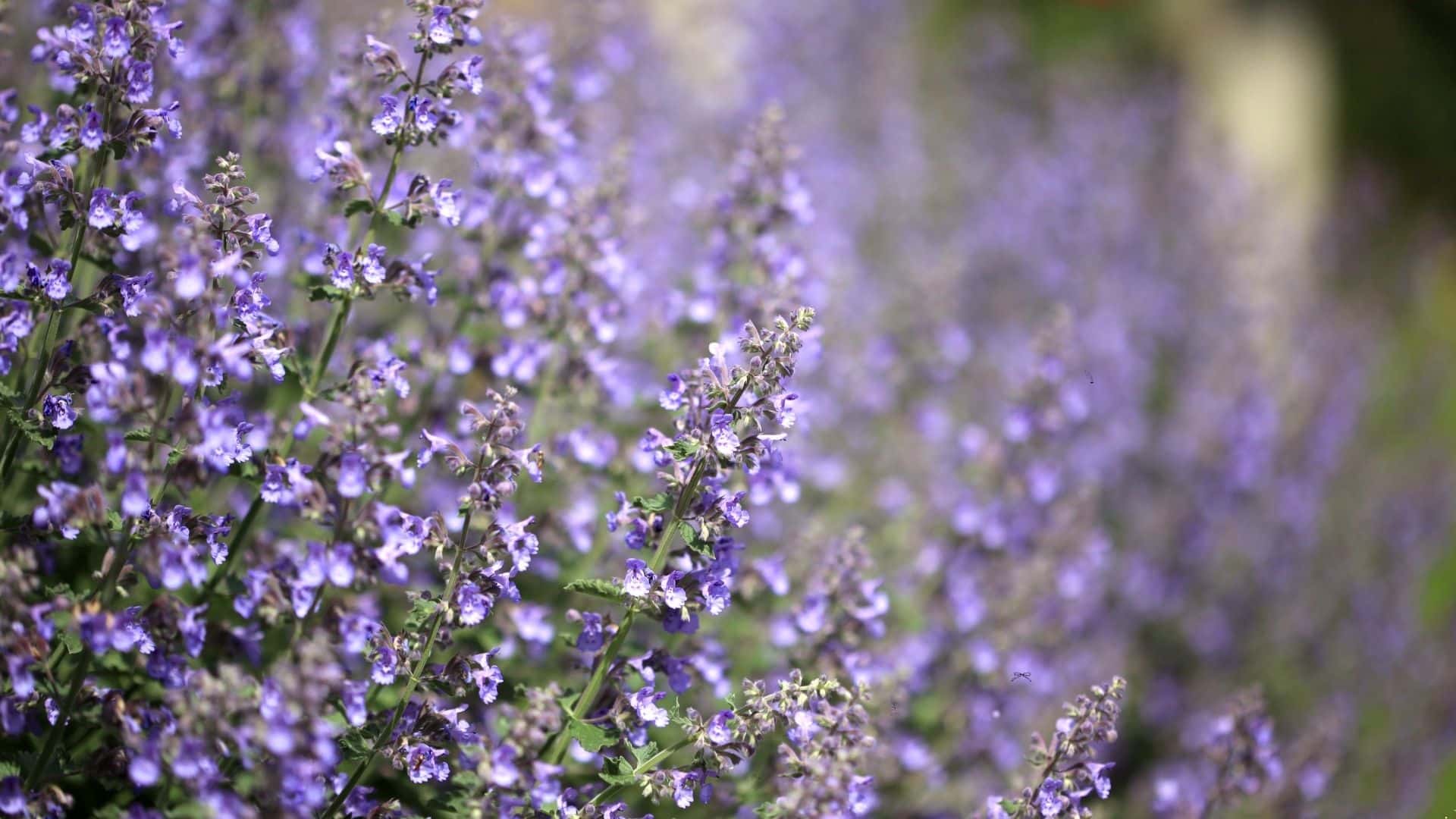
Catmint produces soft purple flowers that rebloom when trimmed, weaving gracefully around echinacea.
Its aromatic foliage deters pests naturally while still attracting bees, butterflies, and other pollinators.
Its hardy nature and shared soil preferences make it a highly stress-free garden partner.
Together, they create fragrant, colorful plantings that remain lively throughout the summer season.
10. Blazing Star (Liatris)

Blazing star sends up tall bottlebrush flower spikes that rise boldly above echinacea’s rounded blooms.
Blooming in midsummer, it attracts butterflies in large numbers during the height of coneflower season.
Its adaptability to poor soils and hot conditions makes it a natural prairie-style partner.
The pairing delivers bold vertical accents that make native gardens look more dynamic.
11. Joe Pye Weed
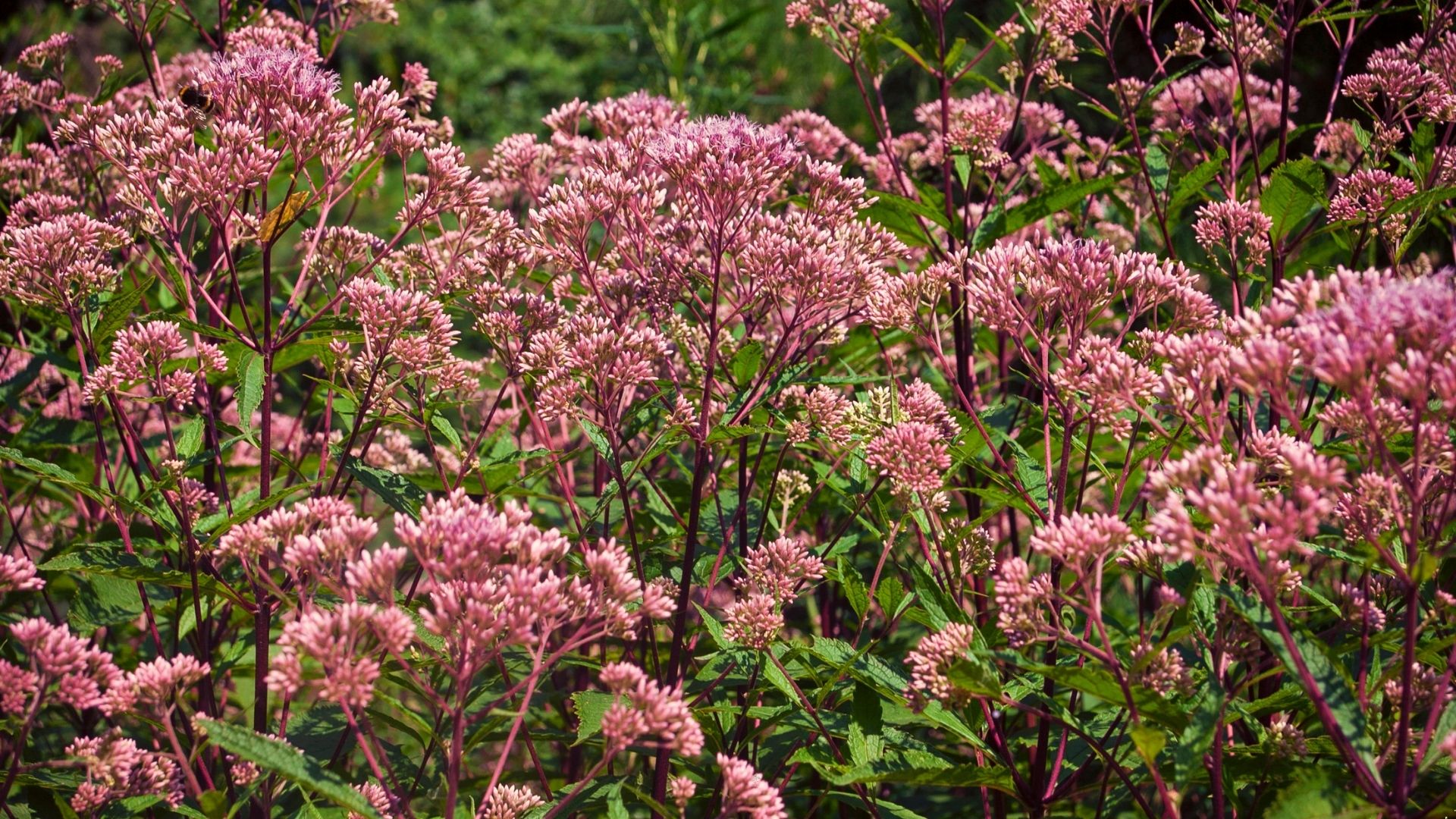
Joe Pye Weed towers behind echinacea with tall stems topped by large pink flower clusters.
It blooms later in the season, offering nectar resources just as coneflowers begin to fade.
This height difference creates layered depth and strong interest in mixed or natural borders.
Planted together, they attract masses of butterflies while keeping gardens fresh into fall.
12. Gaillardia
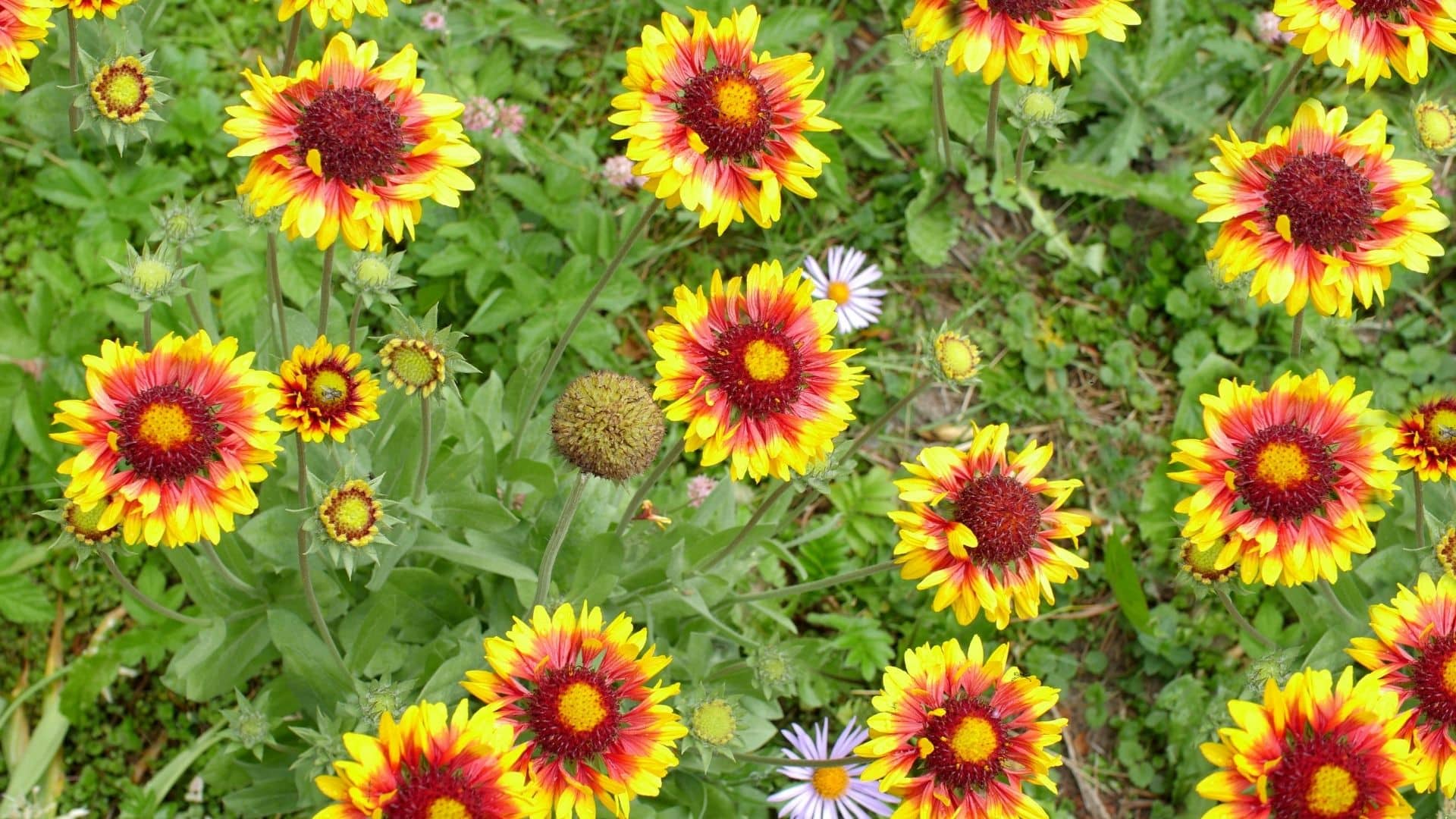
Gaillardia’s fiery red and yellow flowers add warmth and energy beside echinacea’s cooler shades.
It blooms steadily through summer, even in hot and dry conditions where others struggle.
Its carefree, self-seeding habit complements echinacea’s strong and resilient growth pattern.
This pairing creates colorful, relaxed plantings with a natural cottage-garden atmosphere.
13. Phlox
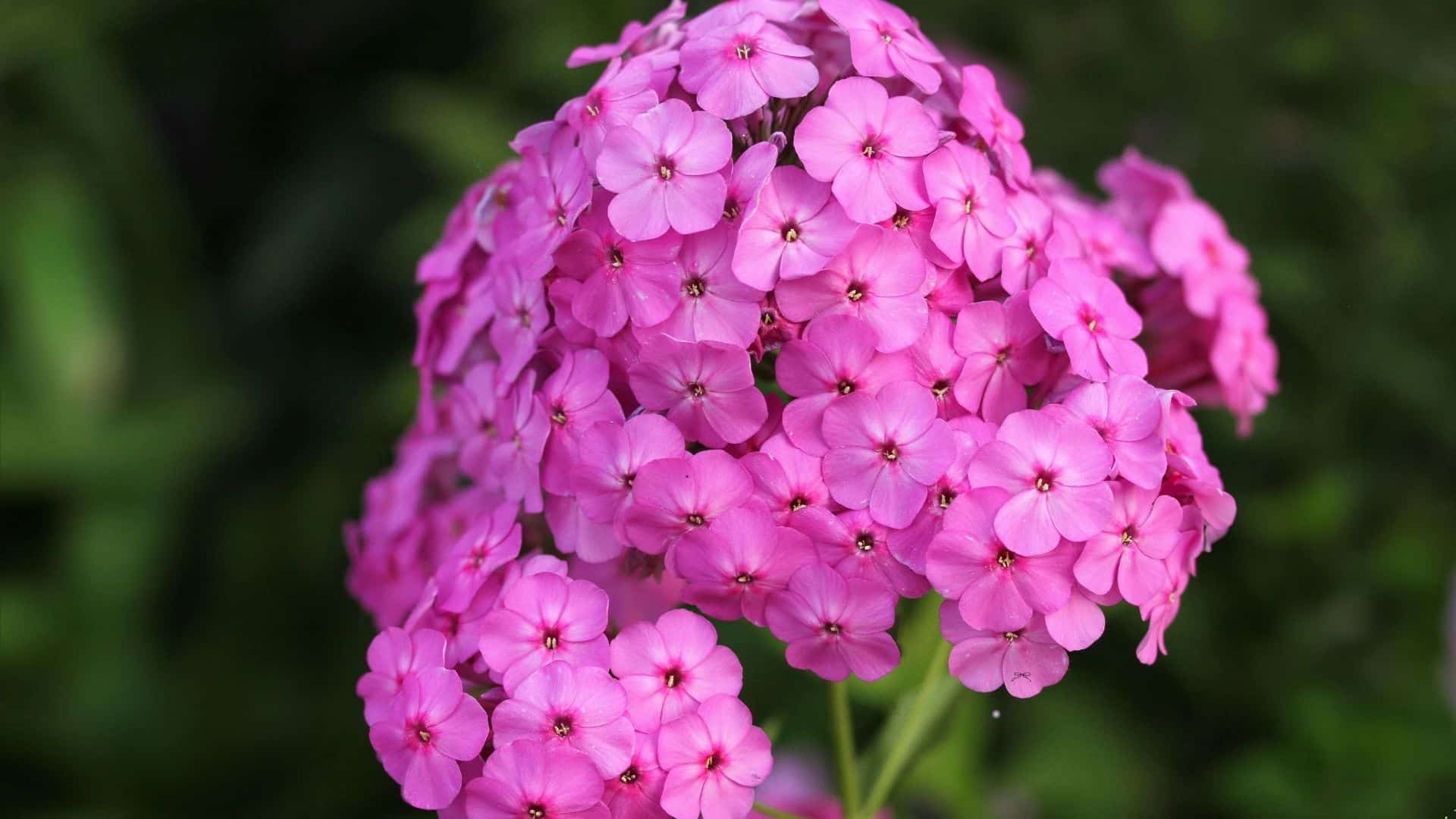
Phlox contributes clusters of pink, purple, or white flowers that blend seamlessly with echinacea.
Blooming in midsummer, it brings a fresh burst of color during seasonal lulls in flowering.
The fragrance and nectar attract hummingbirds and butterflies, enriching echinacea’s wildlife presence.
Together, they create borders filled with charm, fragrance, and rich seasonal color.
14. Daylilies
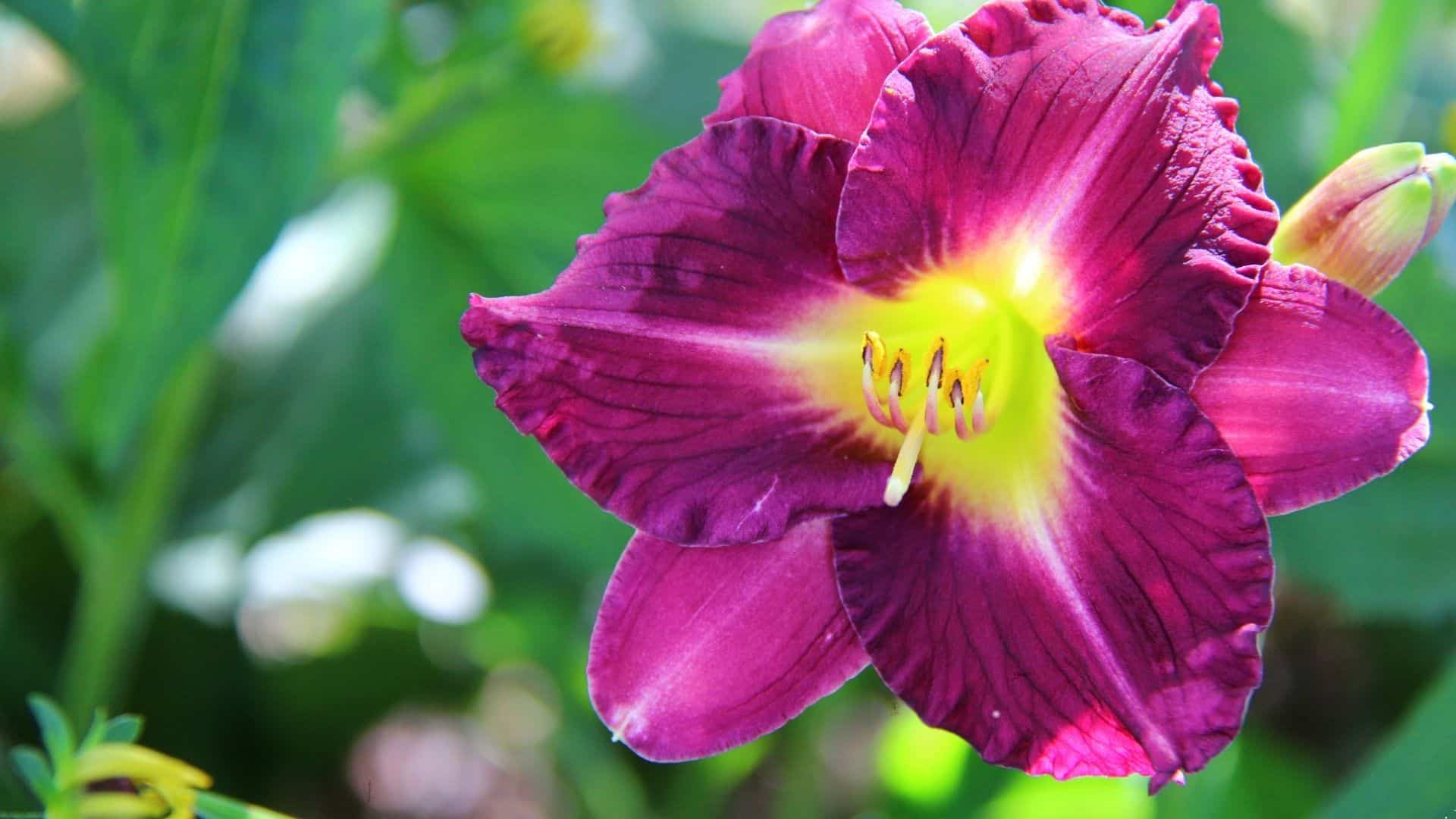
Daylilies bring grassy foliage and trumpet-shaped blooms that contrast beautifully with echinacea’s daisy flowers.
Their staggered bloom times ensure the garden stays colorful from early summer into fall.
A broad range of hues makes them flexible partners for echinacea’s many color forms.
Side by side, they form dynamic displays that evolve beautifully through the season.
15. Coral Bells
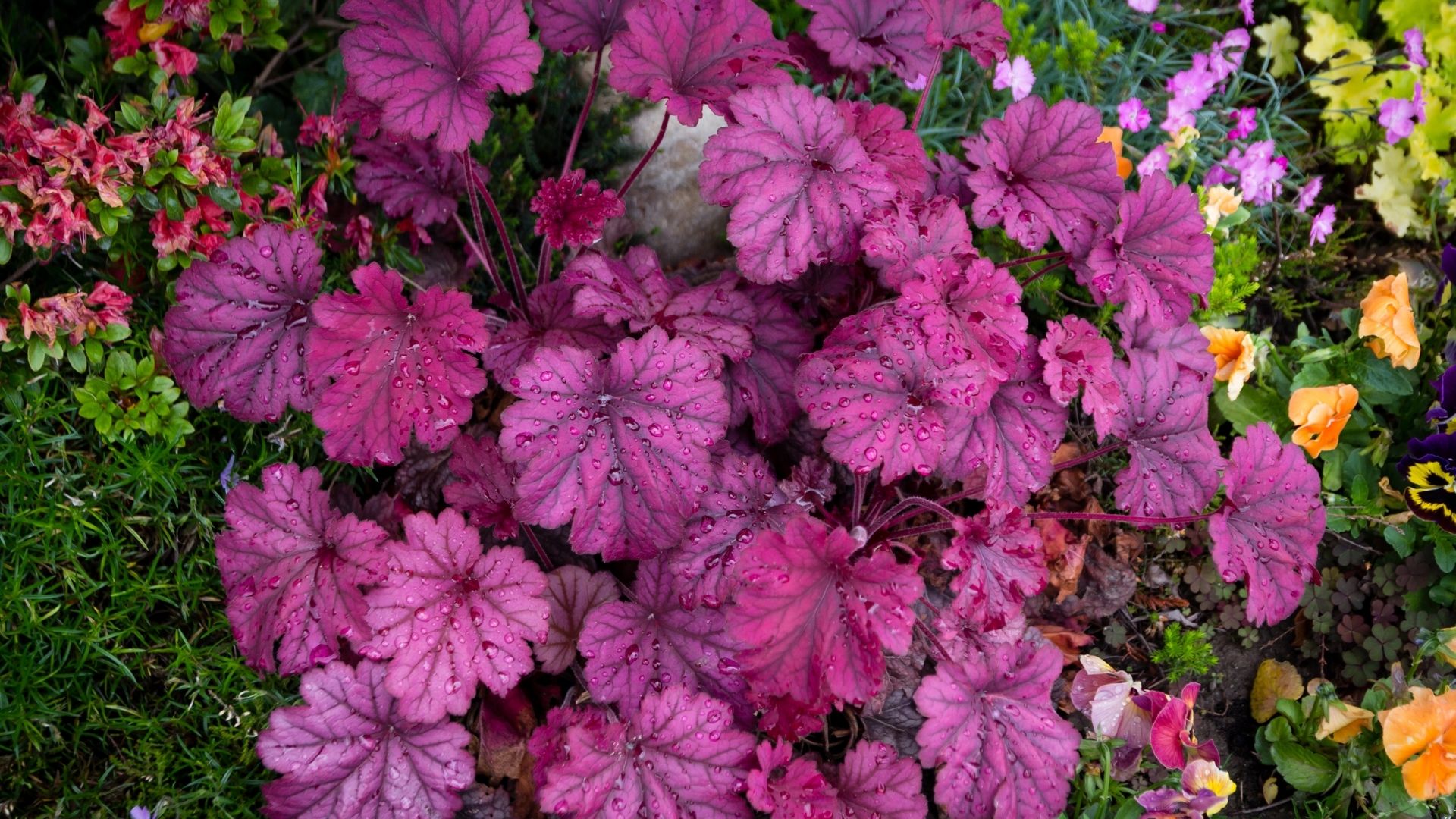
Coral bells provide colorful foliage in burgundy, bronze, or lime that frames echinacea’s flowers.
Their delicate flower spikes rise gently, adding vertical accents without overwhelming the display.
This foliage-based contrast emphasizes echinacea’s upright shape and bold seasonal colors.
Together, they provide long-lasting visual interest that continues even beyond blooming.
16. Switchgrass
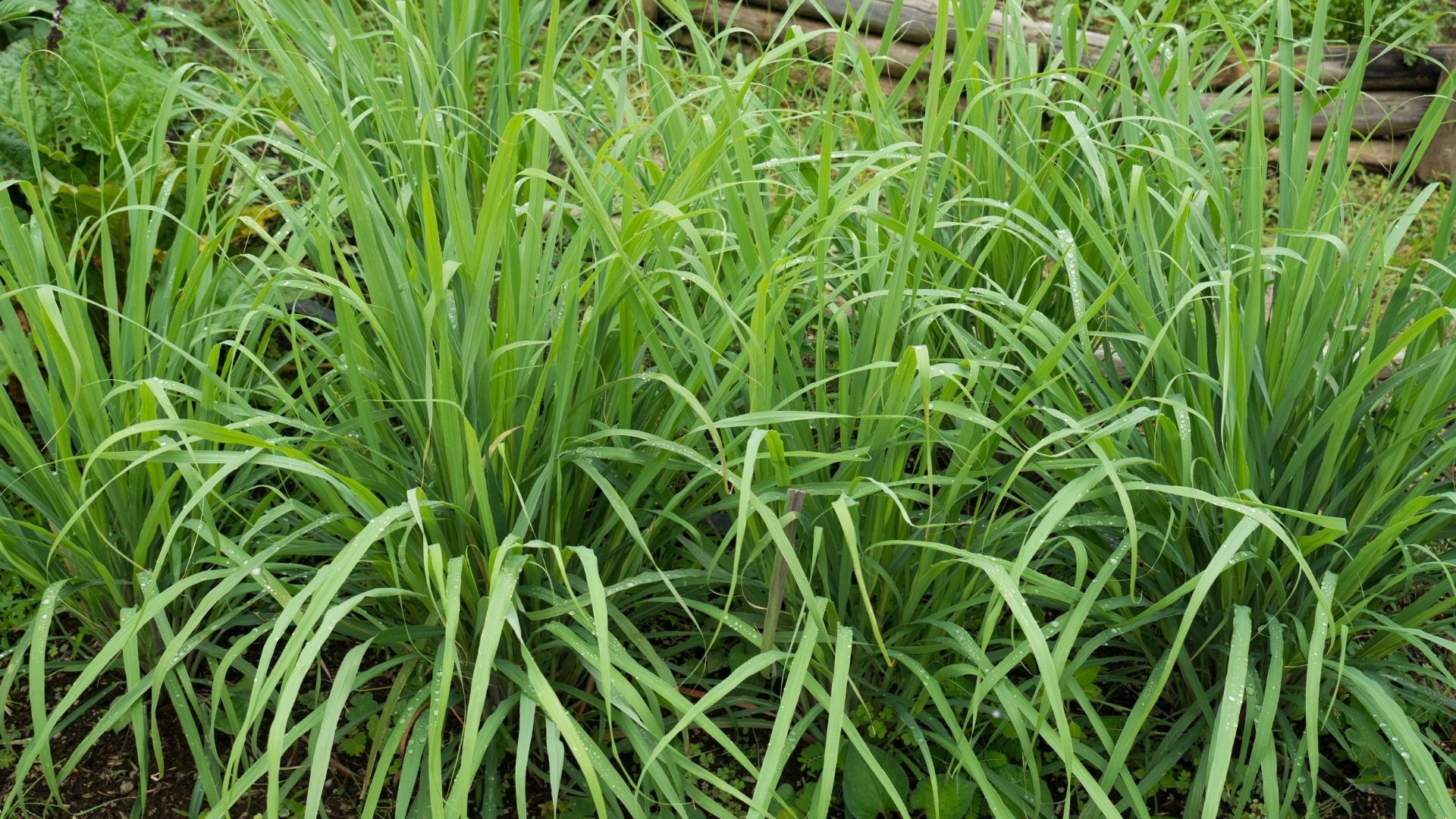
Switchgrass adds upright structure and soft movement that balance echinacea’s bold summer forms.
Its airy plumes and foliage remain striking through summer, fall, and even into winter.
The grass’s subtle textures highlight echinacea’s strong flowers in naturalistic plantings.
When paired with echinacea, they create wildlife-friendly gardens with beauty and interest in all seasons.
17. Little Bluestem
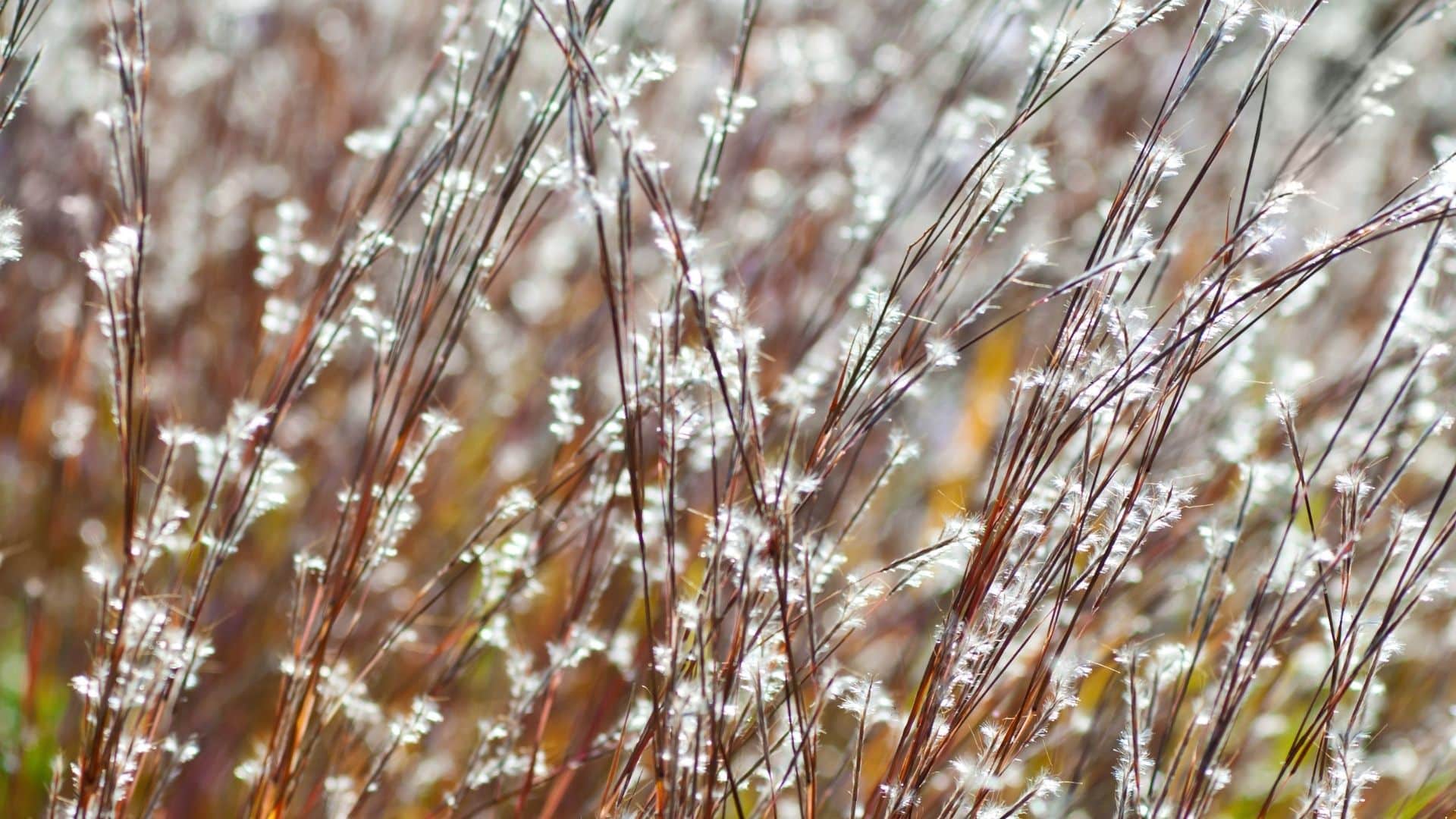
Little bluestem’s fine blades and bronze-orange fall tones enhance echinacea’s seed heads.
Its shifting seasonal foliage adds warmth and strong contrast as the year progresses.
The grass also provides habitat for birds and insects, complementing echinacea’s pollinator value.
Together, they deliver beauty, texture, and ecological function across the entire year.
18. Marigolds

Marigolds brighten echinacea beds with orange and yellow blooms that pop against purple flowers.
Their nonstop summer color ensures that borders remain cheerful and vibrant for months.
Their pest-repelling qualities create a healthier setting for echinacea to flourish naturally.
When planted together with echinecia, they create practical yet colorful plantings that are both protective and striking.
Conclusion
Smart companion planting turns echinacea into the centerpiece of a vibrant garden.
The plants listed provide color, texture, and support for local wildlife while keeping maintenance low.
From the golden blooms of coreopsis to the graceful movement of ornamental grasses, each pairing enhances beauty and ecological value.
Focus on companions that share sunlight and soil needs, and match them to your climate and space. Begin with a few reliable combinations, then expand as you gain experience.
What plants have you paired with echinacea?
Share your favorites and photos in the comments to inspire fellow gardeners!
Frequently Asked Questions
When Is the Best Time to Plant Echinacea with Companions?
Spring planting gives roots time to establish before summer heat. Fall planting works in mild climates with adequate winter protection.
How Do I Prevent Aggressive Companions from Overtaking Echinacea?
Install root barriers around spreading plants like bee balm. Divide vigorous perennials every 2-3 years to control their size.
Which Companions Work Best in Containers with Echinacea?
Choose compact varieties like dwarf lavender, catmint, or small sedums. Ensure containers are large enough for root development and drainage.

